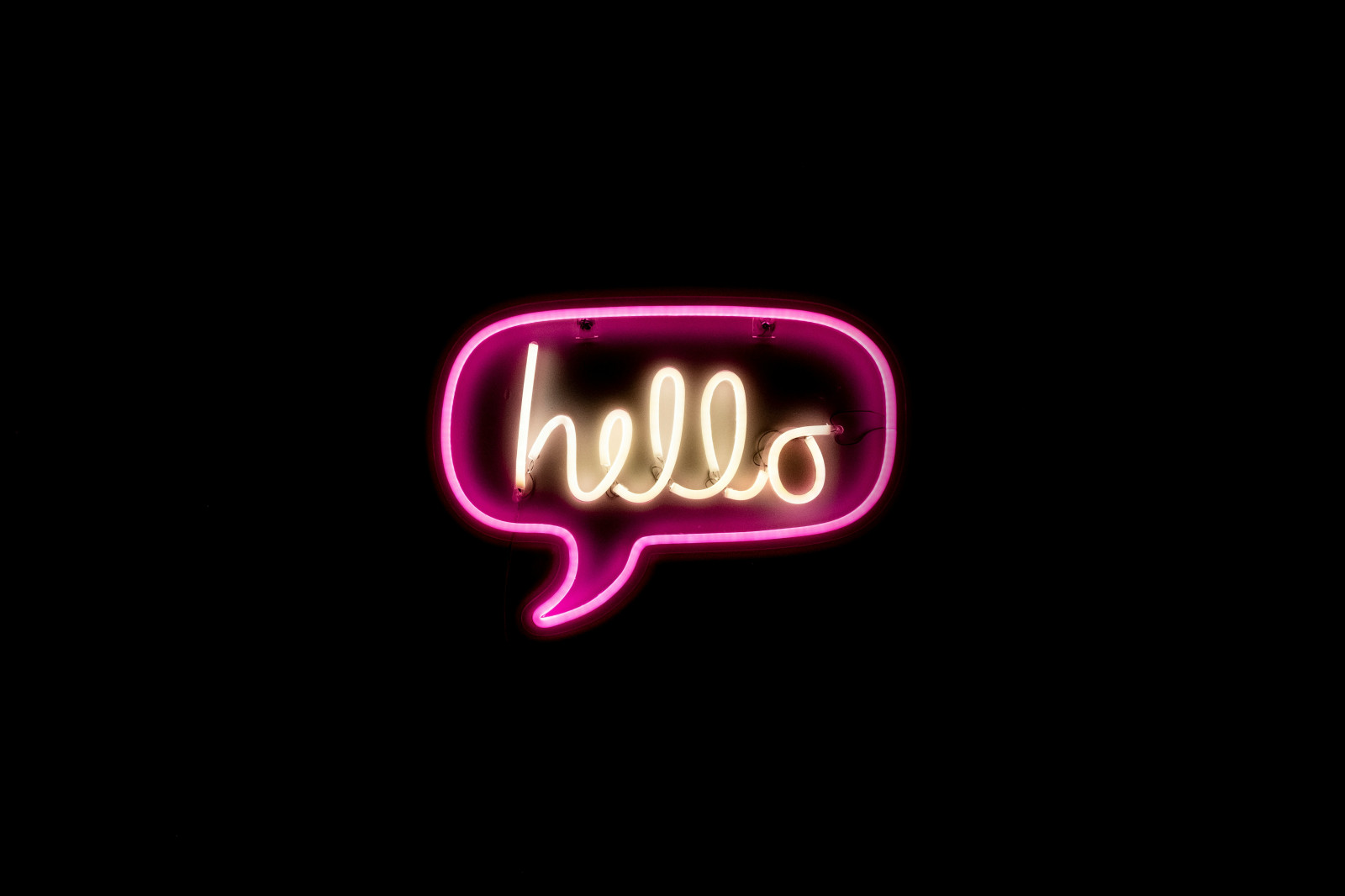Social is the new streaming… but the cracks are already showing

Photo: Drew Beamer

When streaming first overtook music, it did so by force. Audiences quickly latched on to the freedoms of digital life and the accessibility of music on the internet. Piracy was on the rise and downloading music via Napster and LimeWire became a shared memory for millennials. Streaming gave this growing behaviour a legitimate outlet and it reshaped the entire music industry.
Social is now doing the same. Rather than being a medium (like pictures versus videos), it is a means of access; a new way for audiences to engage with the same mediums across music, video, spoken word, images, and text. To be clear, this is new. Social platforms in the 2010s were places to connect with friends. However, a combination of social video (which encourages user creativity) and a shift in algorithmic focus to discovery, rather than community, has changed this. Be it the introduction of longer formats and AI music on TikTok introducing longer formats and AI music, or Instagram and Facebook doing, well, everything, social platforms are increasingly trying to become entertainment companies in their own right. Trials with user monetisation through subscriptions are but one clear indicator of this.
For music, this is having a massive impact. Streaming subscribers are still growing, but cracks are beginning to show, with most future growth to come from lower ARPU global south markets. Most listeners stream music in the background, which dilutes potential fandom, and as the pool of artists grows, already tiny artist revenues are diminishing. Meanwhile, social platforms like TikTok have become major marketing focuses for promotion and distribution, with 16-24-year-olds far more likely to discover new music on the platform than they are through streaming services like Spotify. Artists spend so much time making social content for the platforms that some worry that they are actually getting worse at making music. The insatiable demand for new content is inhibiting the development of songs before they are released, and of artists themselves before they become popular enough to perform for big audiences.
Featured Report
Social 2025 Navigating platforms for fan power
The biggest apps are in the process of disruption. TikTok’s uncertain future and Meta’s apps relaxing content restrictions and fact checking will constitute greater challenges for creators, advertisers, and audiences looking to use and benefit from these platforms.
Find out more…
Audiences are further muddying the waters, with the increasing availability of music tools allowing them to play with remixes, lyrics, and anything else they want to try, and upload them to social media side-by-side with other content. AI will continue to exacerbate this trend to the extreme. Social is becoming not just music marketing, but a form of music consumption in its own right.
In short: social is disrupting music in the same way streaming once did. The only difference is that the disruption is happening faster now. Whereas it took a decade for the second-order impacts of streaming to show, the pivot to entertainment-first social media is already beginning to show cracks. Revenue pressures are higher from stakeholders, and the models just are not there yet: TikTok has trialled a subscription in some markets, but has not launched it. Snapchat’s Snapchat+ subscription is an early-release app experience upgrade and at a very low price point (£3.99). Facebook’s own subscription in EU markets is likely linked to privacy regulations, rather than remuneration.
Short-form social content is simply not as profitable as long-form. Between the creator payouts and smaller ad slots, it is in social platforms’ best interest to steer away from the bite-sized addictive content we are used to and return to the territory of more in-depth entertainment immersion. This can generate greater ad revenue and build a stronger content base through which to tempt people to pay for a subscription. Short-form videos are not popular merely because they are short, they are popular because they are easy – to make, to consume, and to share. However, this ease is prohibitive of a higher price points (as music and video streaming have shown) and this may quickly become a sticking point. TikTok trialling longer-form videos on the platform and YouTube tempting creators with a better revenue per mille (RPM) from short to long-form are but two examples of attempts to subvert this.
All this means that the disruption is happening on both sides: social is disrupting itself as well as music – and there are many tripping points in the near future. Social is a useful tool for promotion and discovery, but as the UMG / TikTok falling-out attests, the promise of ‘free exposure’ only goes so far. As the saying goes, if you are not paying for something, you are the product: social companies are giving music to audiences, selling audiences to advertisers, and funnelling revenues into varying iterations of creator funds to entice recurring creator posting. If social is to play a major role in the future of the music industry, then this is not ideal footing for music to be on; yet the value clearly goes both ways. This relationship will need negotiating, as we move into the next era of the music industry.

The discussion around this post has not yet got started, be the first to add an opinion.